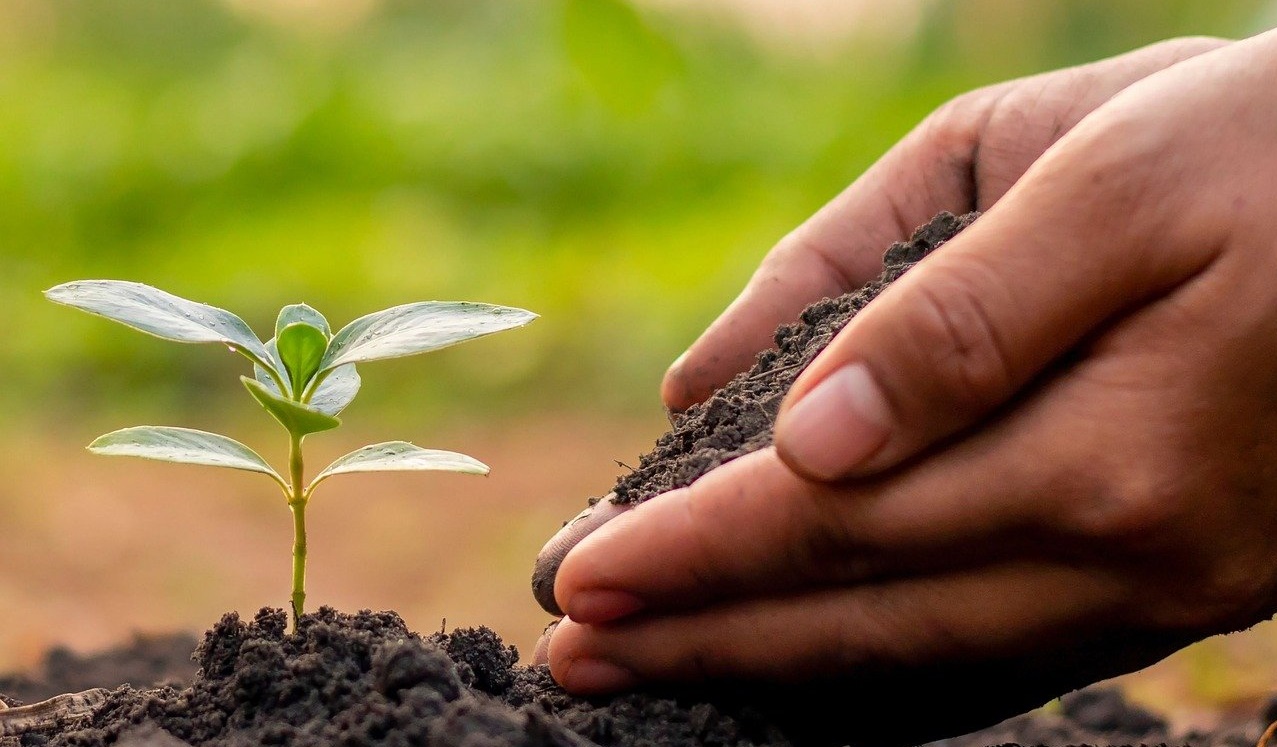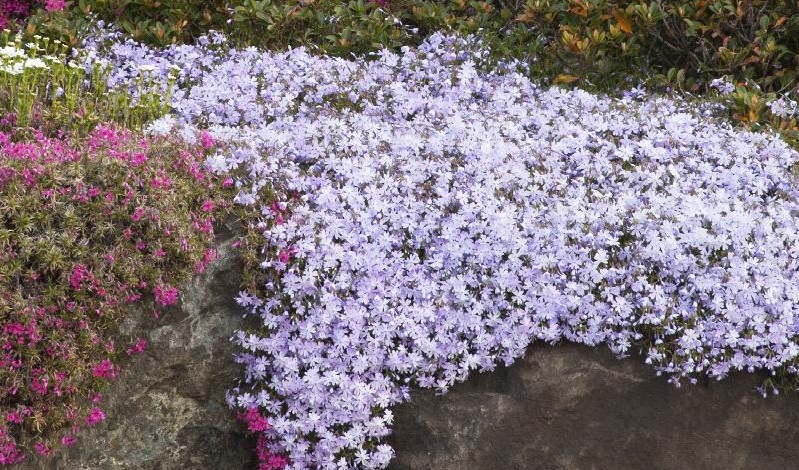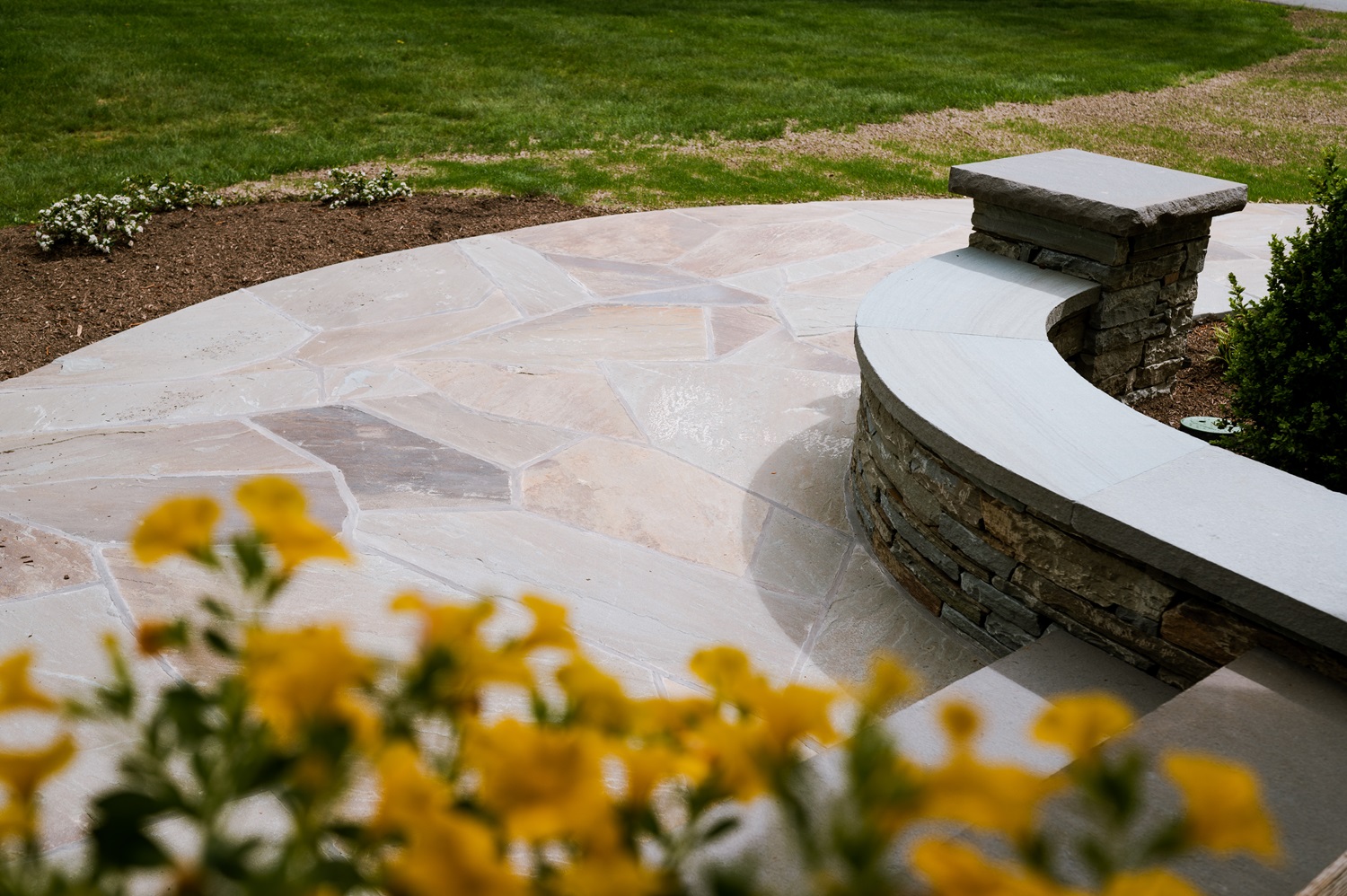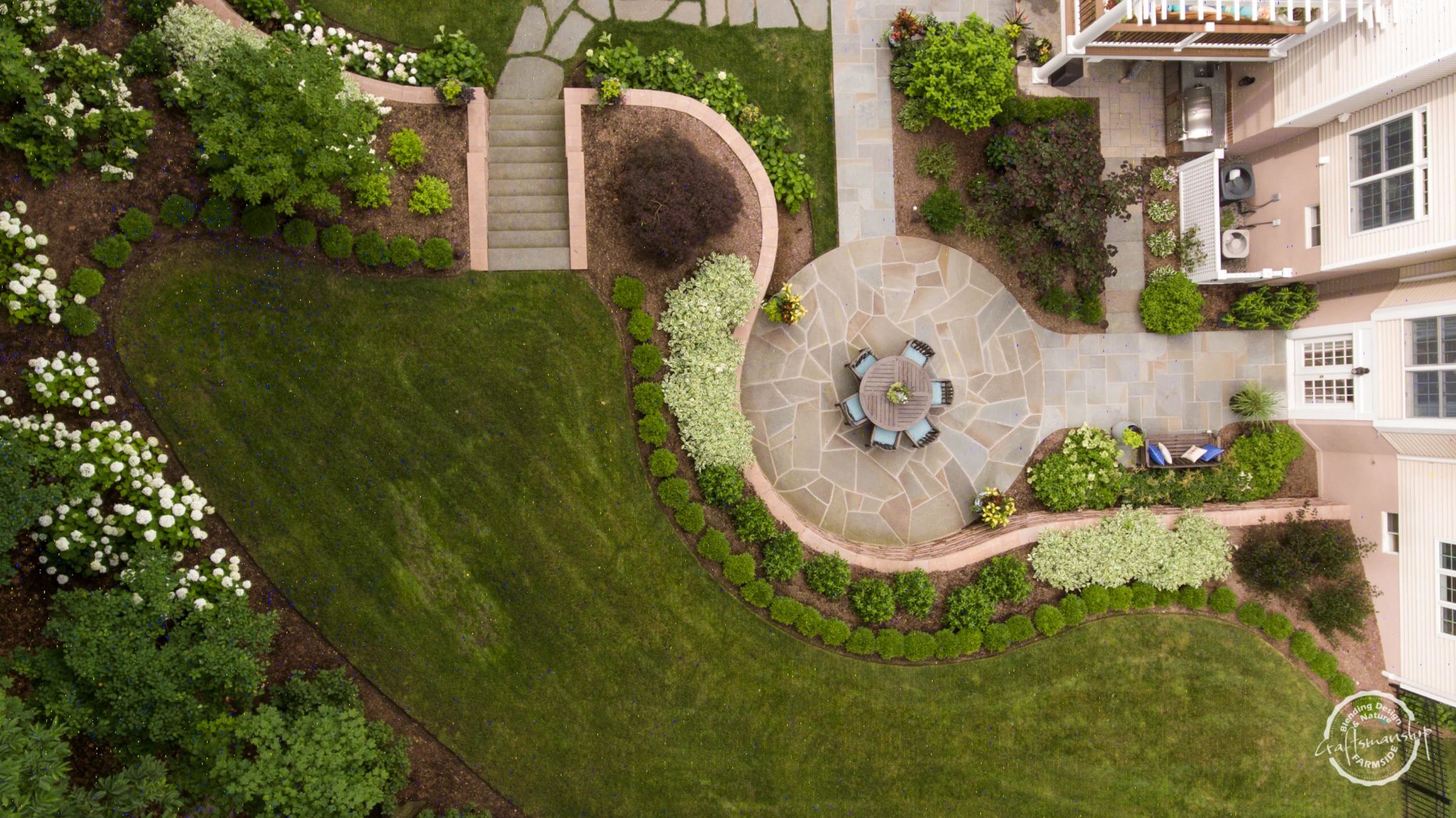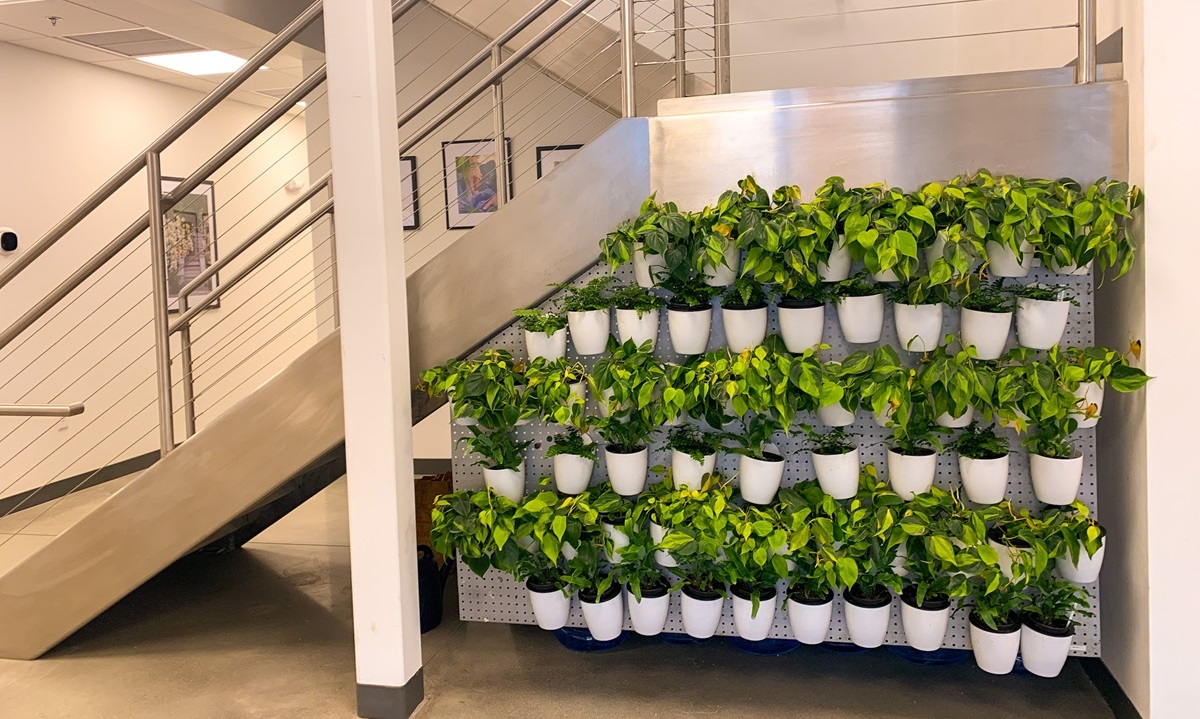Clematis, a beautiful vine beloved by many a gardener, is a genus of about 300 species, within the buttercup family Ranunculaceae. Weaving both color and texture over trellises, arbors and throughout other plantings, Clematis include cultivars that can grow from 3-20 feet tall. There are varieties that bloom in late spring, summer or fall. The shape of the blooms can vary from large, star-shaped single petals, to ruffled doubles, delicate miniatures and bell-shaped flowers. Color choices are also ample – white, yellow, pink, red, burgundy, lavender and deep purple. Planting two or more different varieties side-by-side will treat you to an ongoing display of changing colors and styles.
A long-lived plant that doesn’t like to be moved, Clematis does best in well-drained, rich loamy soil and will produce the most blooms in full sun. If possible, a spot where their root zone will stay relatively cool, such as nearby plants that will shade the soil, is ideal. If planted in a more open area, mulch the soil, taking care to keep the mulch a few inches away from the stems.
Vines have different climbing patterns: twining stems (such as morning glories), tendrils (like sweet peas) or adhesive pads (ivy). Clematis uses its leaf stems to coil like the tendrils of sweet pea vines. The twining leaf stems are relatively short and require something that’s less than a ¼” in diameter to wrap around – a fact to keep in mind if planning to plant by a trellis.
Clematis vines are very fragile and easily broken, so be gentle whenever handling the plant. The root system of clematis is more wiry than fibrous, so they take longer than other perennials to establish themselves. Plan on your plant to spend its first year getting established. You’ll see blooms in another year or two. Surrounding a newly planted Clematis with wire mesh will help protect it from hungry rabbits, mice and voles. Provide a supportive trellis right from the start when planting Clematis.
Different varieties of Clematis have different blooming habits. Spring-blooming Clematis flower on side shoots of the prior year’s stems, while summer and fall blooming Clematis bloom on the ends of new stems. Twice-blooming Clematis do both.
Pruning habits are also dependent on the cultivar type. Vigorous growing species and early flowering hybrids such as C.armandii, C. Montana and C. tanguitica don’t require pruning, save for removing some tangled growth occasionally. Large-flowered hybrids that bloom in early summer on the previous year’s growth benefit from light pruning during the dormant season to help maintain structure. Late flowering hybrids that bloom on the current season’s growth can be pruned back to a pair of buds in the dormant season.
Here at Farmside Landscape & Design, we can help you with incorporating vines into your landscape, from assistance in variety choice, to trellises and structures that showcase vines such as Clematis. Contact us today!
Main photo credit: Monrovia – Arabella Clematis


